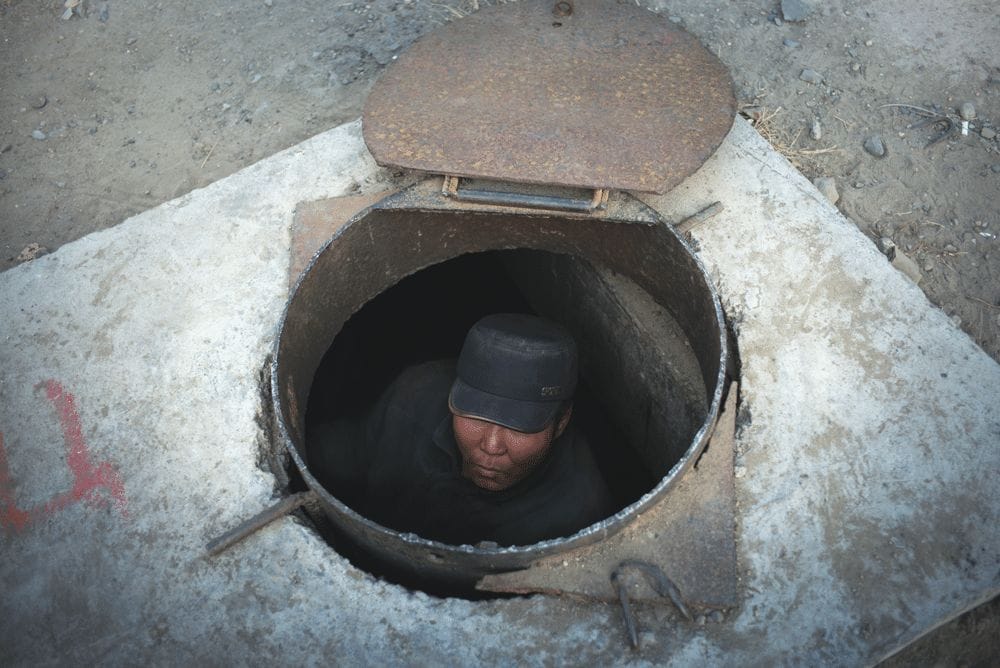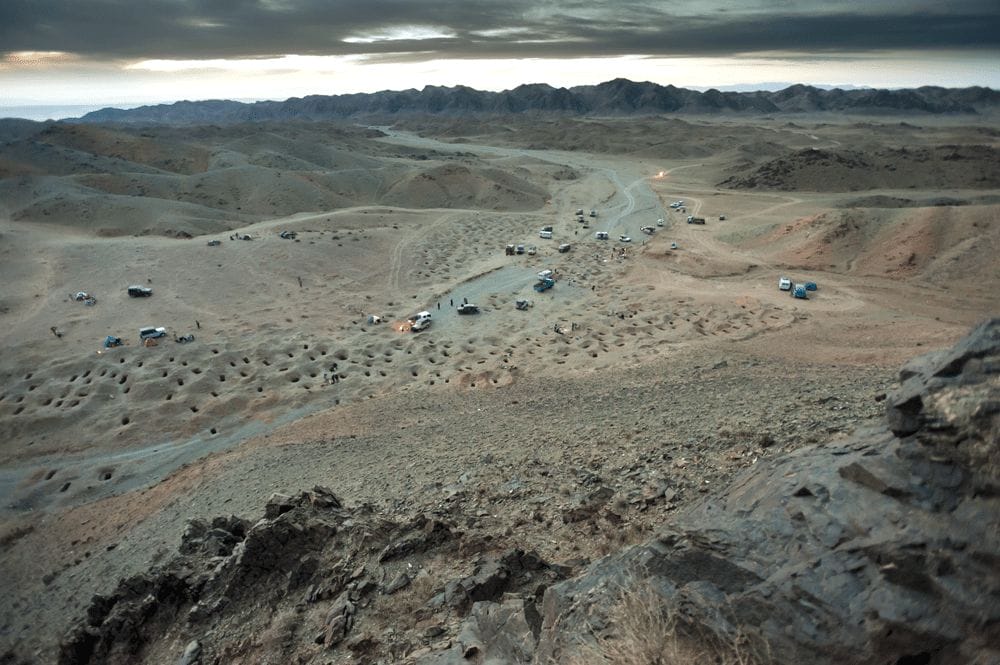In pictures: Mongolia’s slowdown

As the Chinese slowdown continued last summer, we looked to a country where the Asian giant’s deceleration is being felt particularly acutely: neighbouring Mongolia. There, a China-fuelled commodities boom is coming to a juddering halt, leaving a stratified society and major environmental issues in its wake.
In issue #20 of DG, we interviewed Sven Zellner, a photojournalist who has been visiting the country since 2004. Here is an excerpt from the interview, in which he explains how he’s witnessed the impact of rapid change on the Mongolian people.
“In recent years, Mongolia has been going through a major boom fuelled by natural resources, particularly coal and copper, with almost all of its exports going straight to China. Extraordinary rates of economic growth – which peaked at 17.5 percent in 2011 – have seen its capital Ulan Bator’s skyline filled with bold new skyscrapers. Meanwhile a threefold increase in cars in just a few years has left the city’s streets chaotic and choked with traffic.”

“The boom also led to the creation of a new class of super-rich Mongolians. The capital’s oligarchs like to relax in nightspots like the Velvet Club, whose wine list includes $18,000 bottles of champagne, and at events such as Ulan Bator Fashion Week (above). There are interesting local status symbols, including having a mobile phone number with the prefix 9911. These numbers are so coveted that you have to pay about $10,000 to get one.”

“Ulan Bator is a very unequal city, and just down the road from the sparkling new skyscrapers and the trappings of extreme wealth, some of its homeless residents have started living in the sewers – and some children have even been born in them. It’s warm down there, which means there’s a better chance of surviving the winter temperatures, which can drop as low as minus 40 degrees. When I visited a group living down there, including Battulag, the 33-year-old man in the photo above, they were really friendly. They said ‘We are so sorry. We didn’t know that you were coming here. We have nothing to offer to you.’ I was in a sewer and they were apologising for their lack of hospitality.”

“This photo was taken at an illegal mine in the Gobi desert, close to the Chinese border in the far south of the country. Each of these little holes in the ground is a mine shaft. The nomadic people who dig there don’t have the equipment to go through solid rock so they just dig in the dried-out riverbed, which is much easier but also dangerous as the ceilings can collapse at any time. Family members often dig together, next to one another.”
This is an excerpt from ‘Slowing Pains’, which appeared in issue #20 of Delayed Gratification. To read the full story, buy the issue in our shop. See more of Sven Zellner’s work on his site.
Slow Journalism in your inbox, plus infographics, offers and more: sign up for the free DG newsletter. Sign me up
Thanks for signing up.





